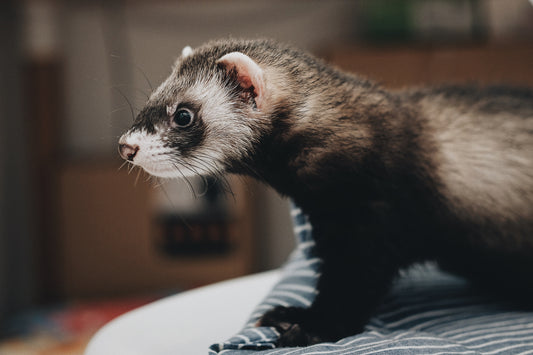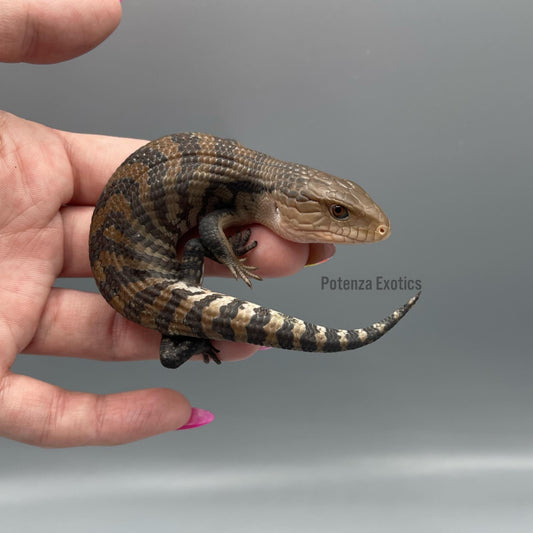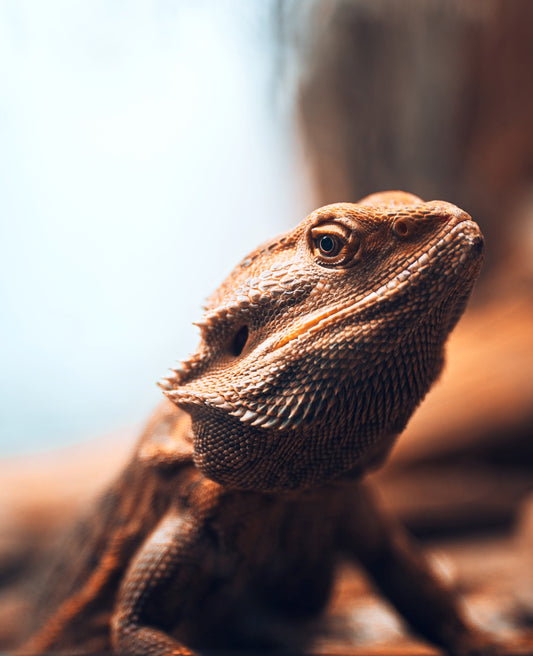You may find a lot of conflicting information online about hibernation and whether or not it's safe for your hedgehog. Let me get answer the most pressing question first.
Hibernation can be a life-threatening event for a domesticated pet hedgehog and steps must be taken to prevent it.
It's important to keep in mind we're specifically discussing hibernation amongst African Pygmy Hedgehogs, not their European cousins. We'll be sure to discuss why it's dangerous for your hedgehog and preventative measures to avoid it.
Let's jump in!
What is Hibernation?
Hibernation is a survival response for many animals and insects across the world. It's done to survive cold, dark winters, without having to expend energy to find food or migrate somewhere warmer.
To do this their bodies go into a state of extreme energy conservation by reducing their metabolic rate to 5% of normal. It doesn't mean the never wake, eat, or drink, but it is done very rarely. Waking expends energy, and burns through fat reserves they'll need to survive the cold months.
Hibernating carries a risk for all animals. It leaves them vulnerable to animals, extreme weather, and can be deadly if they don't have enough stored energy reserves.
Do Hedgehogs Hibernate?
There are many species of hedgehogs around the world that do hibernate in the wild to survive the cold winter months. However, since the most common pet hedgehog today is the African Pygmy Hedgehog, we'll be specifically discussing their behavior today.
African Pygmy Hedgehogs are native to Central Africa where the year round temperature is around 79°F. Because of this, they generally don't hibernate in the wild unless there is a sustained temperature drop.
Due to their small body size and lower fat reserves, they are incredibly vulnerable to starvation if they do hibernate. Hibernation can be life-threatening for an African Pygmy hedgehog and should always be avoided.
What Triggers Hibernation?
As mentioned early, African Pygmy Hedgehogs do not generally hibernate in the wild due to their natural climate year round. However, there are three factors that can trigger a hibernation response. That include:
- Temperature
- Daylight
- Food
The most common trigger being the temperature in their environment. Typically this will be due to sustained temperature drops, but can also be in extreme heat. Their natural climate as a year round temperature of 79°F and it's recommend to maintain this as closely as possible.
We recommend keeping their habitat somewhere between 75°F and 82°F. This can be easily done with a heat emitter and thermostat and should be incorporated to every cage setup regardless of your home temperatures.
Another important factor will be food availability. A major reason for hibernation in the wild will be the inability to find insects, which will also be hibernating during the cold months. This could trigger a hibernation response to conserve what energy they do have stored.
The final hibernation trigger could be shorter daylight hours. but can be easily corrected by providing alternative light sources during winter months. For African Pygmy Hedgehogs this would likely be the least common trigger, but it's easily solvable by providing 12 hours of light per day.

Hibernation Signs & Symptoms
If a hedgehog is trying to hibernate, or has already entered hibernation, there are a few obvious signs. These can include:
- Reduced Activity
- Loss of appetite or interest in water
- Cold to the touch
- Balled tightly and unwilling to unball
- Slow breathing
- Slow heart rate less than 50 beats per minute
These could indicate other issues, but are the most common signs for hibernation in African Pygmy Hedgehogs.
This will typically occur if there is a sharp or sustained drop in temperature in their environment. You're most likely to see this happen in the winter months if you're not providing an alternative heat source like a heat emitter to maintain a constant temp.
The faster the temperature drops and the lower it drops, the quicker the hibernation response will be for your hedgehog. This will require a veterinarian visit immediately and can be a fatal.
Treatment
A visit to a veterinarian will be required immediately. They may confirm it was a hibernation attempt, or a identify another issue. If confirmed to be a hibernation attempt special care will need to be taken to ensure a safe recovery.
They will likely need to warm them up slowly as a dramatic change in temperature can be fatal. This is often done with body contact and a slow warming period. This can also be triggered again if main issue is not immediately corrected:
- Temperature issues in the home must be corrected immediately. Provide heat source to maintain constant temperature between 75°F - 80°F.
- Provide ready access to food and water
Again, if you believe your hedgehog is showing signs of a hibernation attempt, or already is hibernating, take them to the veterinarian immediately. Warming them too quickly could be fatal, and you'll want to confirm it is a hibernation response before moving forward.
Temperature Requirements
African Pygmy Hedgehogs require a constant year round temperature between 75°F - 80°F. Temperature extremes in either direction can trigger a slowing of their metabolic rate and induce a hibernation response.
In the wild of Central Africa the average temperature sits at 79°F year round, so hibernation is very uncommon. Due to their small bodies and low fat reserves, it is often fatal for them both in the wild and in captivity.
Preventing Hibernation
The most important preventative measure is to maintain a constant temperature throughout the year. African Pygmy Hedgehogs thrive in temperatures between 75°F - 80°F.
Temperatures below those levels could trigger a hibernation response from your hedgehog. This can be easily avoided by providing a heating element connected to a thermostat to regulate the temperature as needed.
This can be used to maintain a constant air temperature throughout their cage and is very simple to set up. Be sure to stick with the heat bulb and not the heat pad, since the pad only warms one spot on the bottom of the cage rather than the air itself.
Hedgehogs also need around 12 hours of daylight per day to match their natural cycle in Central Africa. So house them in either a sunlit room or supplement with daylight bulbs to simulate light.
Lack of food, sunlight, and low temperatures are the typical triggers for a hibernation response. By correcting for these three possibilities you should have no issue preventing any hibernation attempts from your pet hedgehog.
Final Thoughts
I know this can all be a bit scary. But it's something that can be easily avoided by providing the correct environment for them right from the beginning.
Regardless of the temperature you keep your house, hook up a heat emitter and thermostat which will only activate if the temperature does in fact drop. This will keep their cage at a constant temperature all year round and is a near guaranteed way to avoid any hibernation attempts.
Just remember, hibernation for African Pygmy Hedgehogs is not normal and must be treated immediately. If left untreated it will likely be fatal and any attempts at hibernation must be prevented.
If you still have questions, or would like to discuss adding a hedgehog to your own family, please feel free to contact us here.




